As a rule, the assembly of a classic desktop or the choice of a ready-made solution begins with the central processor, which largely determines the functionality and scope of the computer. Currently, the market for x86 semiconductor chips is dominated by two companies - AMD and Intel. At first glance, it may seem that there is nothing complicated here: we analyze the product range of both companies and choose desired model according to wallet and needs. But some confusion is caused by the presence on the market of several CPU sockets, chips different generations and families from each of the manufacturers. Fans of this or that company also add fuel to the fire. Some confidently repeat: "Two fast cores are better." They tell them in response: "Eight cores are always better." How to be here, who to trust? Of course, you can independently study in the corresponding section of our website and draw final conclusions.
For those who do not have the time or desire to deal with this matter, we have prepared material that will help shed light on this issue. We note right away that we will not delve deeply into the technical jungle, but will try to give advice on choosing as simply and intelligibly as possible. optimal processor in terms of price/performance. It is also worth understanding that we do not elevate the thoughts and arguments set forth below to the category of the ultimate truth.
It is important to know
To begin with, let's look at the main parameters that will help you quickly evaluate the possible computing performance of the selected processor. Of course, if you are an experienced user, then this will not be difficult for you. For everyone else, we offer a list of the most important criteria when choosing a future “stone”.
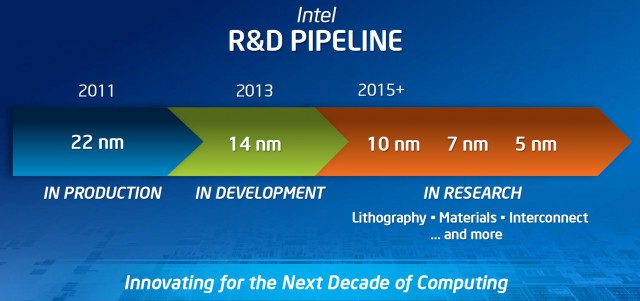
1. Technical process-indicated in nanometers (nm or nm). It does not directly affect the performance of the chip, but hints at its manufacturability, energy efficiency and indirect parameters. Modern AMD chips are produced in compliance with the 32-nm and 28-nm process technology, while Intel has long mastered the 22-nm and 14-nm standards. The thinner the process, the better. This allows the manufacturer to place more on one silicon substrate. functional elements, reduce power consumption and heating. That is, the development of new production standards allows the development of integrated circuits.
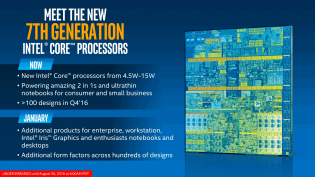
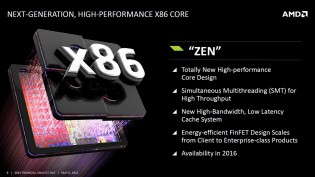
2. Microarchitecture- a set of instructions and properties inherent in the family of processors. With each new generation, engineers make a number of design changes that increase CPU performance and improve consumer properties. It is the microarchitecture that determines the ultimate success and life cycle finished products. On this moment the most advanced microarchitectures are and , but the exit is just around the corner.
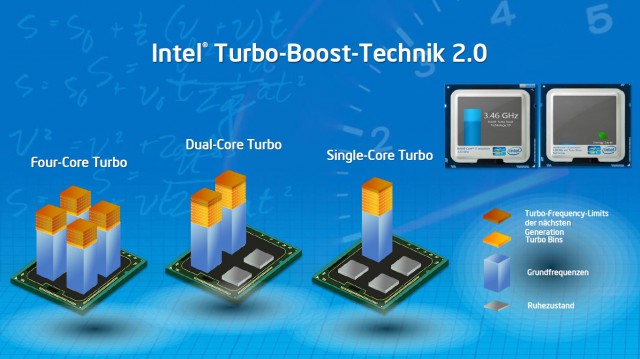
3. Clock frequency-perhaps the most well-known parameter for evaluating processor performance, which shows the number of actions performed per unit of time (indicated in MHz or GHz). The higher the better. But only processors of the same generation, family and microarchitecture can be directly compared. For example, it has a basic clock frequency 2700 MHz, and operates at 3500 MHz. Therefore, the latter will certainly be faster. Modern AMD and Intel processors support the function automatic overclocking(AMD Turbo Core and Intel Turbo Boost), which can raise the chip frequency by several steps (dynamic or floating frequency) depending on the load and temperature conditions. If you are familiar with the concept of overclocking, then you know that most modern processors are overclocked in one way or another. On sale you can even find special models with an unlocked multiplier, which makes it easier to overclock to the maximum. At Intel, they have a prefix in the form of the letters "K" or "X" at the end of the marking. But there are exceptions to the rule, for example, anniversary. AMD has a similar hierarchy and all overclocker APUs have a "K" prefix. But in the flagship AMD FX line (Socket AM3+ platform), all models without exception have an unlocked multiplier.
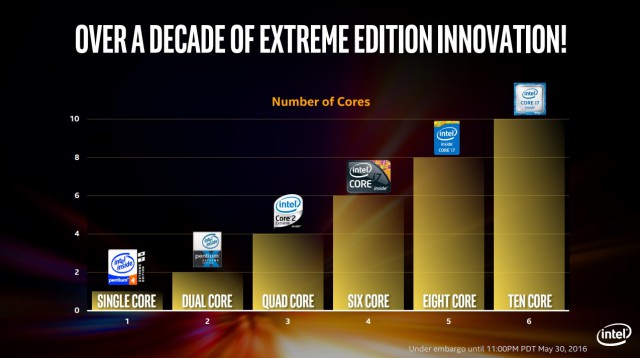
4. Number of cores Modern desktop processors have between two and ten cores. It is clear that the more cores, the better. But the software component plays an important role in this. If the software or the game does not know how to distribute the load between the cores, then they will simply be idle, and there will be no benefit from multi-core. In this case, other parameters (frequency, cache size, etc.) will affect the performance of the CPU. But as practice shows, every year programmers are actively working on this issue, and if you assemble a computer not only for office tasks, then it makes sense to look at least at 4-core models. It is also worth knowing that the first 4-core chips appeared back in 2006, and if you compare them with new products, for example, and , then the difference in performance will be very significant, of course, not in favor of the old man. An important point: family processors Intel Core i3 and Intel Core i7 have a certain number of physical cores and double the number of threads thanks to support for Intel Hyper-Threading Virtual Multi-Core Technology. This allows you to significantly increase their performance in multi-threaded programs and games. Soon they promise the appearance of processors on the AMD Zen microarchitecture (Socket AM4 platform), which will receive support for a similar technology.
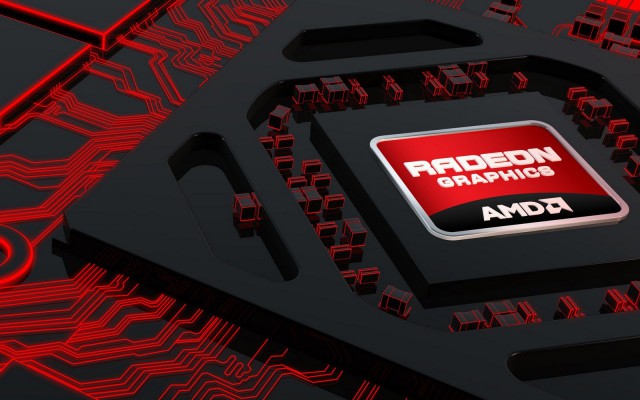
5. Integrated graphics- most processors from AMD and Intel have an integrated graphics core, which is labeled as AMD Radeon HD xxxx / Radeon Rx and Intel HD Graphics xxx, respectively, which, if necessary, allows you to save on a video card. The more powerful the processor, the more productive the video subsystem in it. If possible, pay attention to the number of execution units (more is better) and the core frequency. For example, the graphics level of AMD Radeon R7 and Intel HD Graphics 530 makes it possible to play popular network projects such as Counter-Strike: Global Offensive, Dota 2 and World of Tanks at minimum or medium graphics settings at 1920 x 1080. It will be possible to play some -how to play games like Fallout 4 or GTA V, but downscaled to 720p. Avid gamers need to immediately take care of a decent discrete graphics card ().
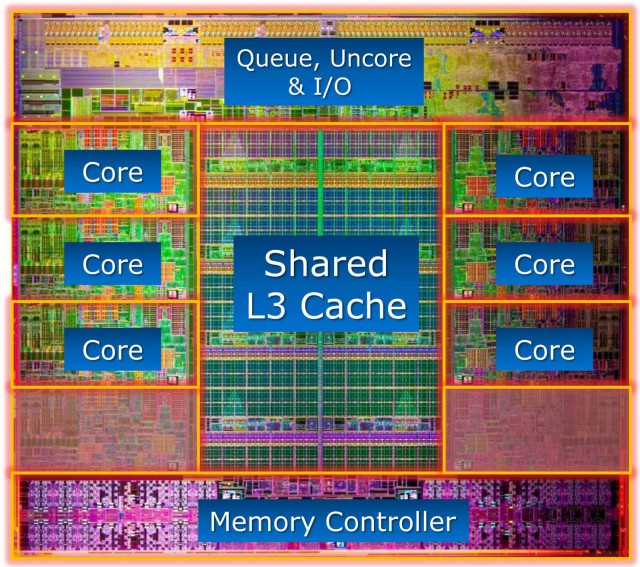
6. Cache is an ultra-fast volatile memory used by the processor to store the most frequently accessed data. It is placed directly on the chip to minimize the access time to them. Often the cache consists of two or three levels (L1-L3), but sometimes four (L4), depending on the microarchitecture. The larger the size and speed of such memory, the better. But don't chase after it. As practice shows, processors of the same generation with an L3 cache of 8 or 6 MB almost do not differ in performance, other things being equal (frequency and number of cores / threads).
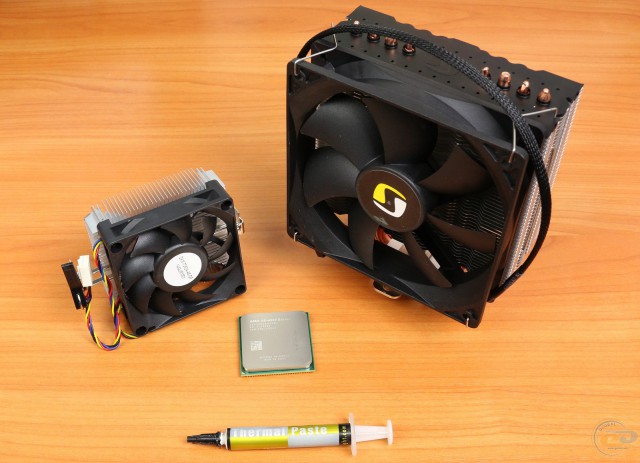
7. TDP- Estimated thermal power of the processor (W or W). It shows what kind of cooling system is required for the chip to operate in the nominal mode. For example, 84 watts TDP indicates the need for a CO that can dissipate 84 or more watts of heat. Otherwise, we will observe a drop in performance (the mechanism for skipping cycles is activated) or frequent reboots. Approximately TDP can be equated to the power consumption of the processor to simplify the selection of the power supply. The actual power consumption may be lower than TDP, sometimes much lower. At the moment, the TDP of modern desktop processors is in the range of 25-220 watts.
As you can see, when evaluating processor performance, you need to take into account not one parameter, but a whole range. And of course, one cannot do without analyzing the results of real tests. Next, we will talk in more detail about each manufacturer separately.
ProcessorsAMD
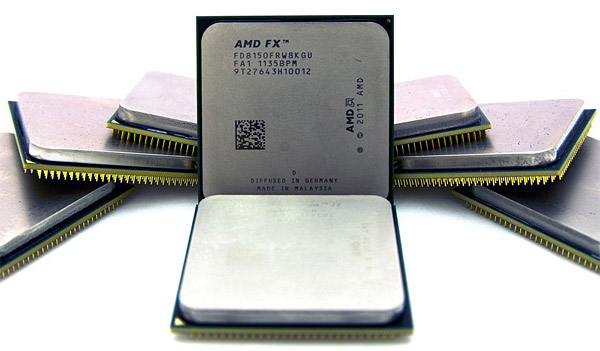
Today, AMD has three actual platforms: Socket AM1, Socket FM2+ and Socket AM3+. We expect Socket AM4 to appear soon. Let's briefly go over each of them.
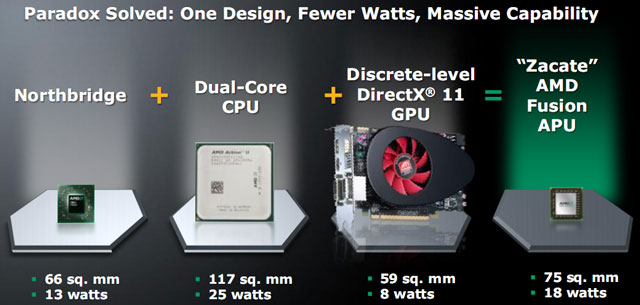
SocketAM1- platform entry level, which includes processors of the . They are characterized by low power consumption (TDP 25 W), and their performance level is sufficient for everyday tasks such as surfing the Internet, working with text documents, watching movies, etc. Choose from 2- and 4-core models with AMD Radeon R3 graphics (128 shader processors) under the well-known brands AMD Sempron and AMD Athlon. That is, we have a good basis for building an HTPC or a home theater. The positive side of this platform is the ability to purchase the processor and motherboard separately, whereas earlier this bundle was actually one whole (the processor is soldered into the board), and as a result, the user could get a platform that did not quite meet his needs. With a separate connector, this problem is easily solved.
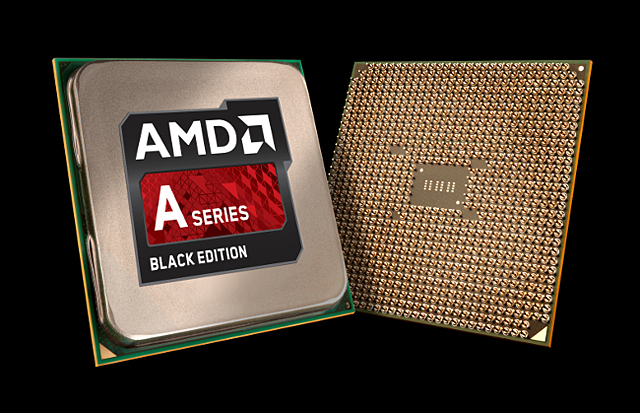
SocketFM2+- mainstream platform, which includes hybrid processors or APUs AMD A6 / A8 / A10, which combine the processor part and integrated graphics. The younger AMD A4 and A6 models have two processor cores and AMD Radeon R5 graphics (256 shader processors), while AMD A8 and AMD A10 can already offer 4 processor cores and an AMD Radeon R7 video core (384 and 512 shader processors, respectively) . All of them are based on a combination of AMD Steamroller and AMD GCN microarchitectures, and also belong to the APU and . For those who do not need integrated graphics, chips are provided. Separately, we recall that in Socket FM2 + you can install old AMD Trinity / Richland processors designed for Socket platforms FM2. All this allows you to assemble on this platform both an office and a gaming computer of an entry-level (without a discrete video card) or an average level with a high-performance video card.
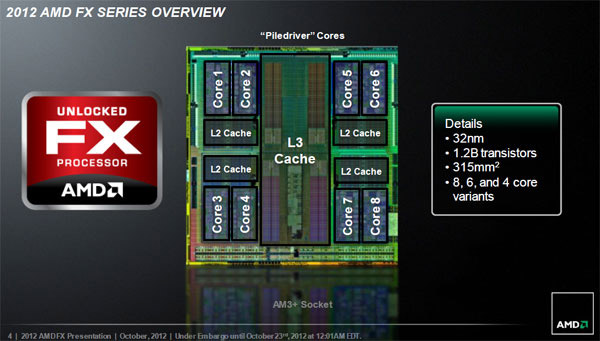
SocketAM3+- a top platform for building gaming and high-performance systems. After the AMD Phenom brand left the stage, the old-new AMD FX took its place. The platform includes 4-core (AMD FX 4xxx), 6-core (AMD FX 6xxx) and 8-core (AMD FX 8xxx / 9xxx) models, which belong to the "ancient" by the standards computer technology family based on the AMD Piledriver microarchitecture. All chips lack integrated graphics, so to build a computer you will need a discrete graphics card or a motherboard with integrated video. The indisputable advantage of this platform is the possibility of easy overclocking thanks to the unlocked multiplier for all representatives of AMD FX without exception. We take the junior model in the AMD FX-8300 line, and in a few clicks we turn it into the top-end AMD FX-9590, although its cost is almost two times lower. The main thing is to take care of the quality motherboard and a decent cooling system. At the same time, we recommend looking at versions with the letter “E” in the name, which indicates their reduced heat dissipation. For example, the AMD FX-8320 has a 125W TDP and
As a small summary. We assemble a compact computer or media center - we look towards the Socket AM1 platform. office computer or an entry-level gaming system without a discrete graphics card - the best choice will be Socket FM2+. You need a gaming or work machine - the Socket AM3 + platform. But it is worthwhile to understand that they are all dead ends, that is, there will no longer be new models for them, and soon they will completely disappear from sale, which makes further modernization difficult. In this case, it makes sense to wait for the release of Socket AM4.
Processors Intel
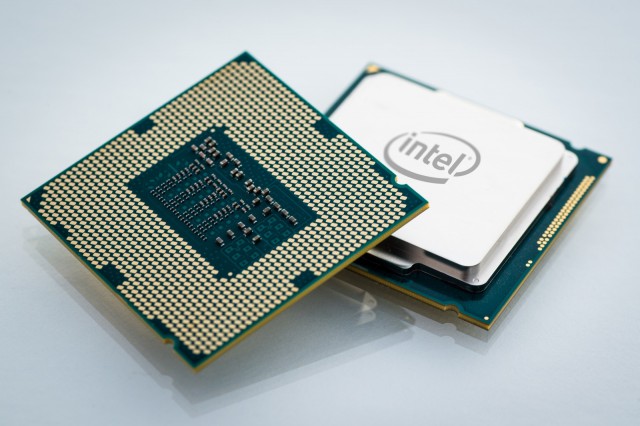
There are also three actual platforms in the Intel camp: Socket LGA1150, Socket LGA1151 and Socket LGA2011-v3. Let's briefly go over each of them.
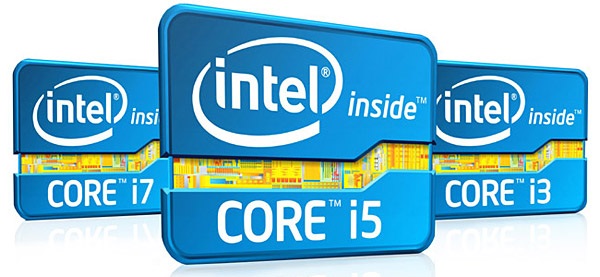
Socket LGA1150-Last generation platform for microarchitecture processors. The lineup has a wide selection and a clear hierarchy. At the very bottom are 2-core Intel Celeron chips and Intel Pentium with TDP in the range of 35-53 W and integrated graphics Intel HD Graphics (10 execution units) for building entry-level systems. Models go up a notch Intel line Core i3 - the same two cores, but already 4 threads, integrated Intel HD Graphics 4400 (20 execution modules) and there is support for AVX and AES instructions. A good option for entry-level gaming machines. At the very top are the Intel Core i5/i7 processors, the foundation for mid- to high-end gaming and work PCs. In their composition, they have 4 full-fledged cores, and in the latter case, a double number of threads. Intel HD Graphics 4600 (20 execution modules) is responsible for the graphics. The TDP of the Intel Core i5/i7 is in the 35-88W range. On sale there are models with reduced power consumption, as evidenced by the letters "T" and "S" in the title. They are of little interest to the average user due to the higher price and lower frequencies, but are great for building compact systems. The representatives of the family stand apart in the face of the Intel Core i5-5675C and Intel Core i7-5775C, which boast the fastest integrated graphics on the market, Intel Iris Pro Graphics 6200 (48 execution modules), a level 4 cache and an unlocked multiplier.
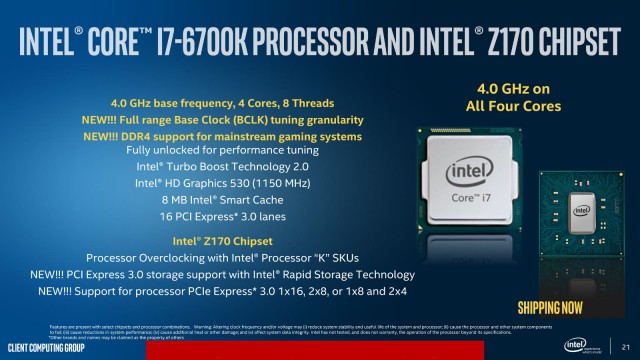
Socket LGA1151- has replaced the Socket LGA1150 and will definitely be relevant for the next couple of years. The processor lineup includes 14nm chips from Intel Celeron to Intel Core i7 on . In short, the processors have become a little more productive, energy efficient and have acquired more powerful graphics. Most chips are equipped with IGP Intel HD Graphics 530 (24 execution units), but most budget Intel Celeron and out-of-the-rule representatives of Intel Core ix with the letter "P" in the name are content with the less productive Intel HD Graphics 510 (12 execution modules). Integrated controller random access memory supports DDR3L and DDR4 standards. But, perhaps, the main feature of this platform is that all processors are hidden via the BCLK bus, albeit with a number of limitations. A special mention is made for the solutions of the series for the corporate sector of the market, which can also be used in home systems, but with specific boards. Also, processors of the line will soon appear for this socket. Intel Kaby lake.
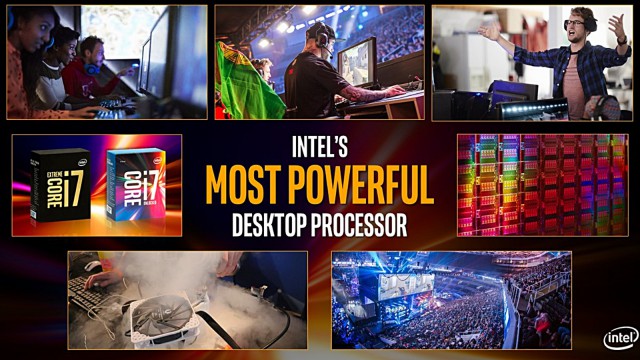
Socket LGA2011-v3-top hardware platform that replaced Socket LGA2011. Within this platform, a 10-core desktop processor with twice the number of threads was introduced for the first time on a microarchitecture. In addition, standard RAM made its debut on this platform with processors. At the moment this The best decision to build a productive workstation or an uncompromising multi-GPU gaming system. In the AMD camp, there are simply no competitors for it.
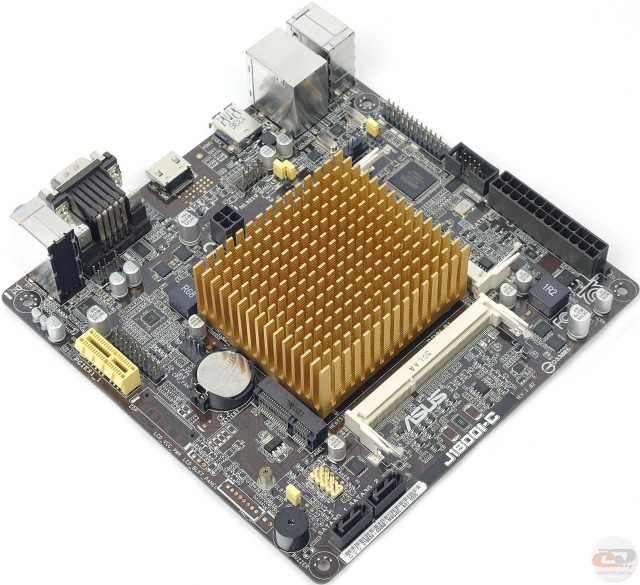
Finally, we note energy-efficient platforms, and Intel Apollo Lake for creating laptops, compact desktops and all-in-ones. The model range includes 2- and 4-core processors that provide sufficient performance for everyday tasks (working with office documents, running undemanding applications, searching for information on the Internet, etc.). A built-in Intel Celeron and Intel CPU Pentium series Intel Braswell graphics Intel HD Graphics 405 (12 execution units) even allows you to somehow play popular network projects and accelerate 4K Ultra HD video. The Intel Apollo Lake platform has an even better position in this regard thanks to Intel HD Graphics 505 (18 execution units), but you should not expect revelations on the gaming front. You also need to remember that these processors come already soldered on the motherboard, so you need to choose from ready-made solutions no further upgrades.
As a small summary. Intel platforms Bay Trail-D, Intel Braswell and Intel Apollo Lake are designed only for HTPCs or media centers, while based on Socket LGA1150 and Socket LGA1151 you can assemble from an office system to a powerful gaming or workstation. The destiny of Socket LGA2011-v3 is exceptionally high-performance gaming and work machines.
Is it worth it to upgrade, will it or won't it, will it pull or won't it, will it open or won't it open?
As a separate item when choosing a processor, we want to highlight the answers to four pressing questions that are very often heard in the comments to reviews.
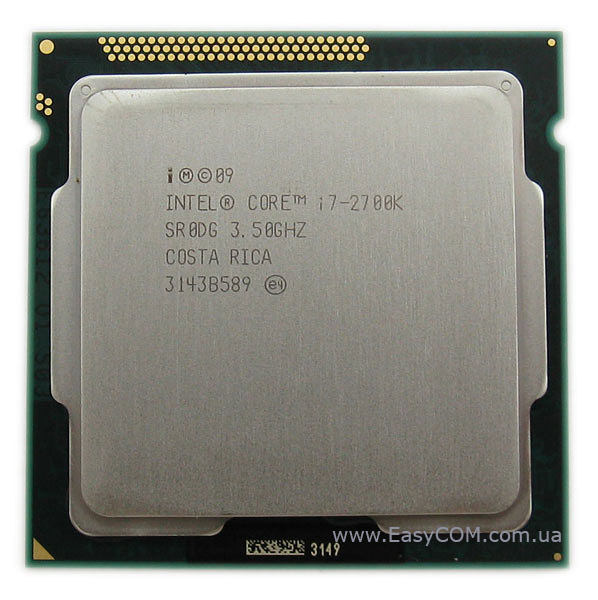
1. "Is it worth it to upgrade." Often users ask the question: “Isn’t it time to change the processor already?” If you follow what is happening on the desktop processor market from time to time, you know that there is a certain trend and with the release of a new generation of chips we get a 5-10% performance increase compared to the previous one. This leads to the conclusion that if you have a sufficiently productive “stone” 2-3 years old, then it will not catastrophically lose to new products. For example, even the old guys are inferior by about 20-30% in games, which can be completely offset by overclocking. But in tasks with processing and creating content, the advantage Intel Skylake can reach up to 50%. So you need to push back from the tasks at hand. Approximately the same situation with AMD processors. If you have something of a level, then you will not notice much difference when switching to. At a minimum, we recommend waiting for the exit and then returning to this issue. It would be more rational to buy a newer video card, add RAM and install an SSD. Typically, the processor system unit can survive a couple of generations of video cards, which become obsolete much faster.
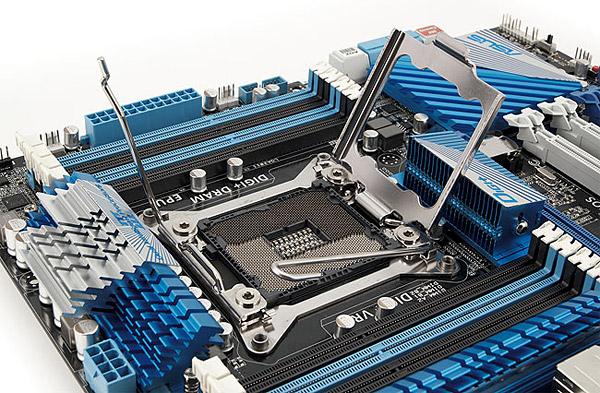
2. "Will it or won't." Many users doubt whether it is possible to install a certain processor on their motherboard. In practice, the question is quite easy. First you need to remember that the selected processor and motherboard must have the same sockets (connectors). Chips for Socket LGA1150 are not suitable for Socket LGA1151 and vice versa, although they are very similar. AMD is more loyal with this. Processors for Socket AM2 can be installed in Socket AM2+, Socket AM3 in Socket AM3+, and Socket FM2 in Socket FM2+. But newer ones cannot be installed on the old socket. Next, go to the website of your motherboard manufacturer and look at the list of supported processors (CPU Support) and which one is needed for this BIOS version. Update the microcode if necessary.
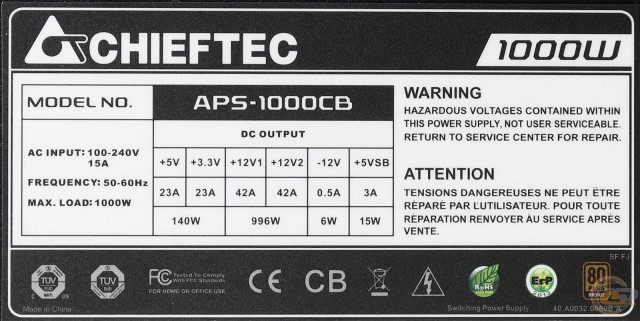
3. "Pull or not pull". This question is asked by users who are not sure about the ability of their power supply unit (PSU) to ensure stable operation of the final configuration. To do this, you need to calculate the power consumption of all components. The easiest option is to use an online power calculator (for example, from be quiet! or ASUS), where you only need to enter all the components, and you will get the finished result. The second way is to do it yourself. To do this, you need to sum up the power consumption of all used components, including fans, and add another 50 - 100 W in reserve. Next, we compare the calculated power with the power of the + 12V channel of your power supply (usually indicated on the official page or on the label): if your value is higher, then there should be no problems. If in doubt, then specify in the comments - we will gladly try to help. By the way, if you plan to overclock the processor and video card, then the stock should be increased by another 100-150 watts. Also, we do not recommend buying very cheap power supplies from dubious brands, which, at best, simply cannot work stably even at the declared rated power, and at worst, they can fail, taking expensive components with them along the way.
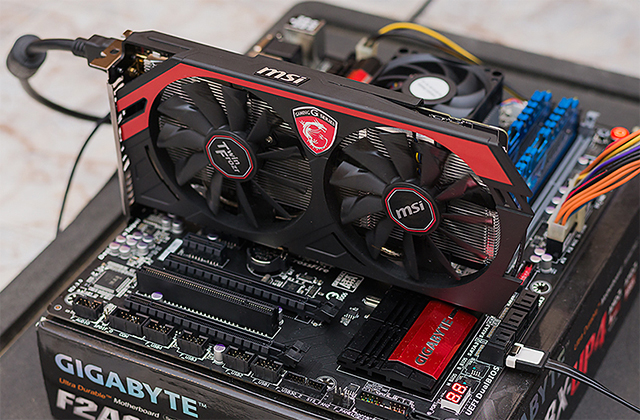
4. "Reveal or not reveal". If to speak plain language- this is the concept of balance or power matching between the processor and the video card. What is it for? If you have a weak processor and a powerful video card, then in the game the video card will simply be idle, and the number of frames per second (FPS) will be lower than it can give out. And vice versa, with a weak video card, the processor will already be idle. This is easy to check: if changing the quality and resolution settings does not particularly affect the speed of the game, then everything rests on the processor. With high settings you have low FPS, and with minimum settings it is much higher, then it's time to change the video card. Of course, all this is very conditional and depends on a number of factors: game optimization, monitor resolution, requirements for graphics quality and the speed of displaying the virtual world. The simplest answer to the question "will or will not reveal" lies in the positioning of the components themselves. That is, it is quite natural and logical to select entry-level video cards for budget processors, and pair top-end GPUs with flagship CPUs. To do this, we have compiled a table of optimal configurations, which you can use when choosing a bunch of processor and video card:
|
CPU |
Optimal graphics card |
NVIDIA SLI/AMD CrossFireX |
|
Intel Celeron/AMD Athlon II X4 750K |
NVIDIA GeForce GTX 750 Ti / AMD Radeon R7 360 |
|
|
Intel Pentium / AMD Athlon II X4 860K |
NVIDIA GeForce GTX 950 / AMD Radeon R7 370 / RX 460 |
|
|
AMD FX-4300 / FX-6100 |
NVIDIA GeForce GTX 960 / GTX 1050 / AMD Radeon R9 380 / RX 470 |
|
|
Intel Core i3 / AMD FX-6300 |
NVIDIA GeForce GTX 970 / GTX 1060 (3 GB) / AMD Radeon R9 390X / RX 480 |
NVIDIA GeForce GTX 960 / AMD Radeon R9 380 |
|
Intel Core i5 / FX-8300 |
NVIDIA GeForce GTX 980 / GTX 1060 (6 GB) / GTX 1070 |
|
|
Intel Core i7 / - |
NVIDIA GeForce GTX 980 Ti / TITAN / GTX 1080 / AMD Radeon R9 Fury X / AMD R9 295X2 |
NVIDIA GeForce GTX 970 / GTX 980 / GTX 1060 / AMD Radeon R9 390X / RX 480 |
|
Intel Core i7 (Haswell-E / Intel Broadwell-E) / - |
NVIDIA GeForce GTX 980 Ti / TITAN / GTX 1070 / GTX 1080 / AMD Radeon R9 Fury X |
At the same time, it should be borne in mind that for video cards above the average level, AMD chips will have to be pretty overclocked.
In any case, this is a very extensive topic, and all the arguments above are given for an average situation when it is supposed to play games that are completely different in terms of requirements, novelty and optimization.
When assembling a high-performance computer for resource-intensive dynamic games, a potential buyer always faces a choice: which processor to prefer. Indeed, in addition to several branded manufacturers, there are many platforms on the market, each of which has its own flagship.
The focus of this article is game processor. The reader will get acquainted with the offer of manufacturers, find out which product is better in each price category, and also see the test results clearly.
Weak link
It's better to start with the fact that all processors that are based on the same physical core will not be considered. The fact is that there has long been evidence of the low efficiency of single-core platforms. Any attempt by the buyer to purchase such a gaming processor will not lead to anything good.
Firstly, most modern games are created for multi-core platforms (2-4 cores). The second criterion for the insolvency of a low-performance crystal is the inability to unlock the potential of a gaming video adapter. Naturally, the user has a lot of questions regarding the inoperability of an expensive graphics accelerator.
Also, experts in their reviews recommend potential buyers not to consider crystals powered by low frequencies. It is better to set the minimum mark at the threshold of 3000 MHz. This condition affects not only personal computers, but also mobile devices, albeit with increased power consumption.
Pricing policy and games of manufacturers
There has long been an opinion on the market that gaming AMD processor has the best value, and in terms of performance, nothing can be found more powerful than an Intel chip. There is some truth in this, if you look at the problem from one angle, when comparing the number of cores and their operating frequency, but IT experts recommend focusing on the needs of the end user.
Almost all AMD chips are superbly overclocked, which attracts the attention of potential buyers who want to save money. But for some reason, there is no information about the heating of the crystals and the necessary cooling in the reviews and tests. On the other hand, they attribute too many advantages that the modern gamer does not need at all. Therefore, the buyer who wants to minimal cost to purchase a sufficiently productive device, you will have to get to know the processors on the market closer.
Crystals of the past generation
It's no secret that Intel processors based on 4 cores are still in demand among many fans of resource-intensive games. True, such a solution is useful only to those users who own a full-fledged motherboard ATX format, supporting 8 GB of RAM (4 bars of 2 GB). It is also recommended to pay attention to processor support. Very often, manufacturers of cheap motherboards do not work with powerful multi-core crystals.
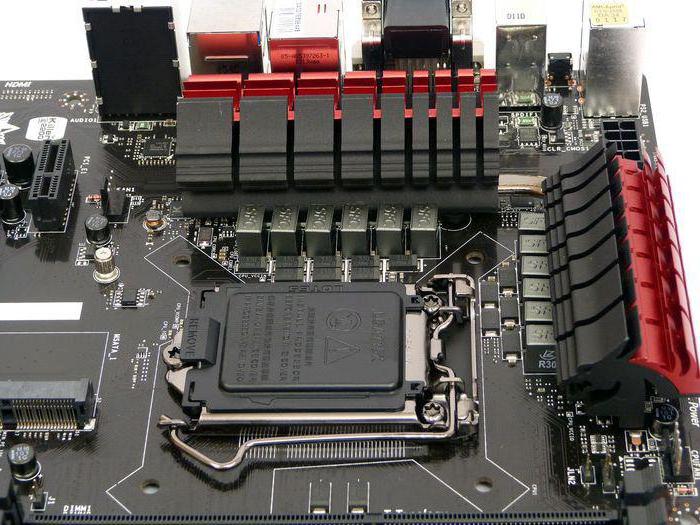
Budget Core Quad gaming processor or Xeon server solution paired with a gaming video adapter and solid state SSD drive handle any existing game in the world. Only now it will not be possible to achieve ideally realistic quality - there is a serious limitation on medium graphics settings. But such an inexpensive solution suits many users, so crystals for the platform will be in demand for a long time to come.
It should not be forgotten that the presence server processors with two and four cores based on Xeon does not limit the performance of the old platform. There are still ultra-fast Extreme Edition crystals on the market, which can double or even triple the performance of the corresponding system (we are talking about Socket 775).
Available segment
The entry-level class of modern components is opened by AMD gaming processors with two cores of the A4 line. It would seem that it could be better than 2 physical cores operating at a frequency of 3200 MHz! In addition, the chip has an integrated graphics Radeon HD7480. However, during testing, it turns out that mathematical calculations the processor has problems. This is due to the small amount of cache memory (and the processor has only two levels).
In the price category up to 2000 rubles, the A4 line has only one competitor - the 4th generation Intel Celeron. As practice shows, this budget crystal also has integrated graphics, but, unlike AMD products, it cannot be overclocked.
Both budget products are clearly not among the top gaming processors, however, fans of low-power games (for example, World of Tanks) will like them, because using integrated graphics at a resolution of 1600x900 dpi, the user will be able to achieve 50 FPS at medium quality settings.
Manufacturer's distraction
Readers have already had to deal with Intel Pentium G-series processors for the platform more than once. The manufacturer claims that the new chip can surprise any buyer. Yes, there will be no limit to the owner's surprise when he decides to purchase such a product to replace the obsolete Intel Core 2 Duo processor. Any testing (synthetic or gaming) will confirm that there is no difference in performance between both processors.
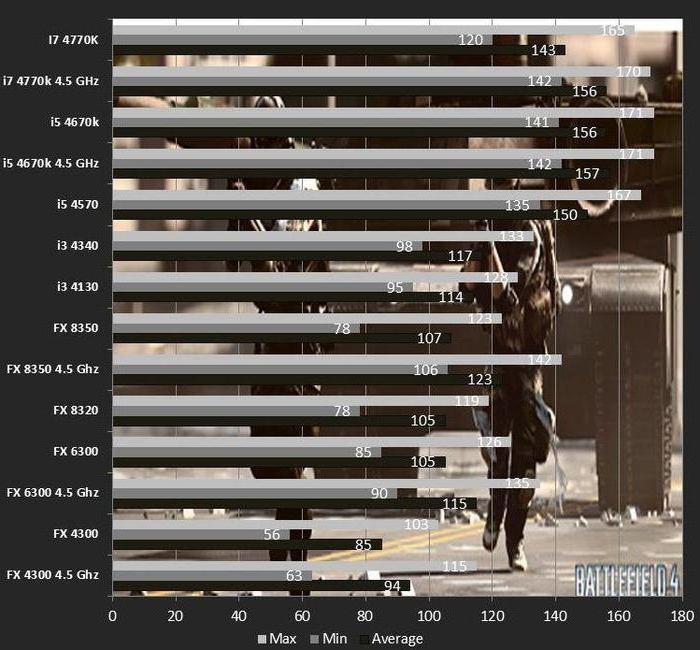
In fact, this is the same crystal, which has been slightly improved. After all, the best gaming processor under simply could not disappear from the market. However, the transition of the buyer to a new platform opens up more opportunities for the player. Over time, you can increase the amount of RAM, change the processor or video card, which could not be done with an old motherboard.
Hot Selling
In the initial gaming class, AMD X4 series crystals with 4 physical cores are in great demand. The fact is that this particular product has become for many users a real golden mean in terms of price-performance ratio.
For many potential buyers who wished to have 4 physical cores on hand on one platform, the choice of a gaming processor ended with just one manufacturer - AMD. The fact is that in the price category up to 10,000 rubles by Intel nothing to offer.
In this class, the processors of the FX series, which have 4 and 8 cores on board, have proven themselves well. The manufacturer tried to saturate the demanded market with interesting and affordable products. Here it is better for the buyer to focus on the first level cache and choose a crystal with the highest core frequency. After all, AMD processors these parameters primarily affect the performance of the entire platform.
Winged swing
Intel gaming processors are also present in the entry-level class, but they are all limited to only two physical cores. Naturally, the buyer will obviously not like such an offer, but you should not rush to conclusions. As practice shows, Core i3 crystals are capable of a lot, and even outperform all competitors in performance.
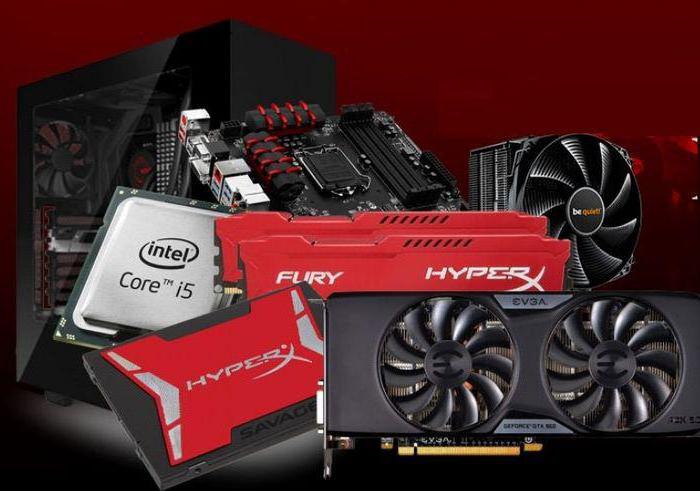
Intel processors have large volume Cache and do an excellent job with mathematical calculations, however, they have serious problems in working with RAM. This is exactly what competitors use when they select special tests that require the speed of information exchange between the processor and memory. In resource-intensive toys that require a large amount of memory (for example, GTA 5), you can notice the difference in the work of two processors (Intel and AMD), but not all games are so dependent on the memory frequency.
Higher, faster, stronger
A powerful gaming processor in the price range up to 15,000 rubles is not so easy to choose. On the one hand, Intel offers its Core i5 solution, which is able to cope with any resource-intensive games that exist on the market. On the other hand, the AMD team has prepared a surprise for all its fans by providing the crystal with a powerful gaming video adapter integrated directly into the processor.
Naturally, many buyers prefer the "2 in 1" system, because discrete graphics accelerators are not cheap and users simply do not want to overpay. But there is also back side medals - the integrated video card "steals" the RAM for its needs, and the speed of this memory exchange between the GPU leaves much to be desired (DDR3 vs. DDR5).
How to deal with things?
In the middle price category, it is not so easy to choose a gaming processor for yourself. "Which one to choose - Core i5 or A10?" - almost every second buyer is interested. Experts in their reviews recommend that beginners take their time and prioritize, having determined their needs.
A powerful multi-core Intel crystal will be more interesting for owners of high-performance gaming-level video adapters, because only it can unlock the full potential of a graphics accelerator. Also, the Core i5 should be looked at by people who are not only fond of games, but also professionally work with 3D graphics, modeling or video editing.
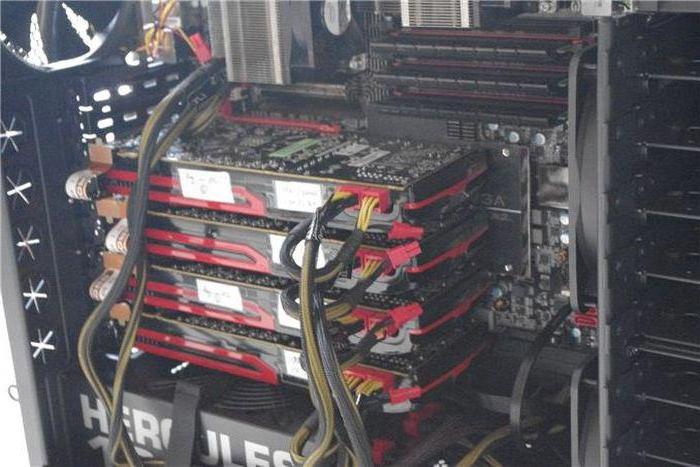
But for owners of budget video adapters that use all the resources of a personal computer for games, it is better to give preference to the AMD A10 series processor. And do not get too carried away with overclocking such a crystal, because a thermal package of 95 watts requires decent cooling.
Unique Processors
The AMD gaming processor with six cores on board is clearly capable of attracting attention. After all, this is one of the few products on the market that combines affordable cost and high performance. Although many users in their reviews reproach the manufacturer for using 8-core solutions with locked cores to create such crystals, the fact remains that this processor is still considered the best choice in the middle segment.
An important factor responsible for performance is not the core frequency, but the installed cache. All 6-core platforms with this parameter are in perfect order: the crystal does an excellent job with mathematical calculations and is quite competitive with Intel Core i5 products. The only thing that confuses is the lack of an integrated graphics accelerator, to which all fans of AMD products are so accustomed. But still, the performance of the entire platform is more interesting to the buyer than an inferior symbiosis.
Powerful gaming platform
Intel managed to attract the attention of potential buyers to its unique platform socket 2011. The best gaming processor Core i7 Extreme Edition still ranks first in the performance rating of all platforms. The only thing that confuses is the price of such a solution - not every buyer is ready to pay 50,000 rubles for one crystal.
The main feature of such a system is the support for three-channel operation of RAM. Do not forget about the PCIex16 slots for graphics accelerators - they all also support accelerated data transfer and are focused on high performance of the entire gaming platform.
The only negative that owners pay attention to in their reviews is the cost of all components. The processor, memory, motherboard and several video adapters require quite significant financial resources from the buyer. On the other hand, such a platform is able to cope with any resource-intensive game.
New technologies are the key to success
After the appearance on the market of a new format of DDR4 RAM, Intel hastened to surprise its fans with new crystals in Core line i3/5/7. True, under the slogan "Choosing a gaming processor!" a well-known American manufacturer forgot to add that in practice the overall performance of the system does not increase in proportion to the cost of crystals. As for the professional use of a computer (3D modeling, video processing and work with complex mathematical calculations), such a platform is hardly suitable. At least, in terms of price-quality ratio, it is possible to assemble a platform much cheaper.
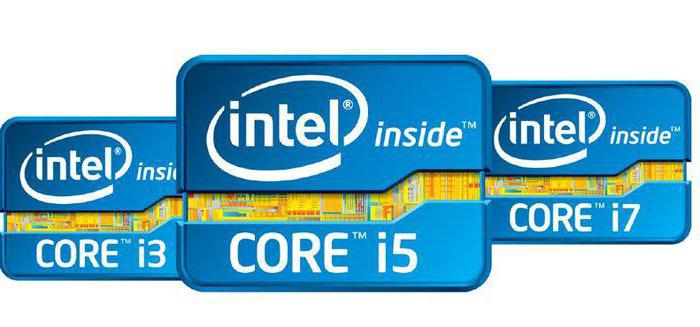
Perhaps in the next few years, manufacturers will be able to significantly increase the speed of the platform, but at the moment it makes no sense to overpay for the transition to Socket 1151 and 2011-3. Here it is better to take an example from AMD, which did not dare to such an insidious plan to attract potential buyers to its products.
A new trend dictates the conditions
In pursuit of a powerful crystal, most buyers are trying to save on a video card. But gaming GPUs are basic devices for running any resource-intensive games. As practice shows, it is better to save on a processor and take a powerful video adapter than to be content with a budget accelerator with a powerful processor.
In fact, in the media you can find quite a lot of comparisons of both video cards and crystals, but experts recommend focusing on market segmentation. Don't forget about integrated solutions. Often, such a purchase allows the user to get good performance and benefits.
Inexpensive AMD processors with four cores, which have a small amount of cache, are best purchased with integrated graphics. The crystal will not be able to unlock the potential of a discrete gaming adapter, but the user will be able to save a lot.
Mobile market with its own conditions
Gaming processors for laptops are practically no different from the components of a personal computer. All the same price segmentation and performance division. True, there is another branch that significantly affects the choice of buyers. Intel chips installed in laptops have low heat dissipation, and AMD products tend to get very hot due to increased power consumption.
As practice shows, for most users, a powerful AMD processor in a mobile device often causes trouble. However, experts in their reviews assure that the whole problem comes down to the human factor. The point is that everything gaming laptops need to be cleaned frequently (2 times a year) from dust. Naturally, most users do not do this, blaming AMD for producing low-quality processors.
Gaming laptops
WITH mobile devices everything is simple - the buyer does not need to look for which processors are gaming and which are not. In the expensive segment, the manufacturer independently calculated the performance of the entire platform and provided the end customer with a decent result. True, the choice is not as great as in the personal computer market.
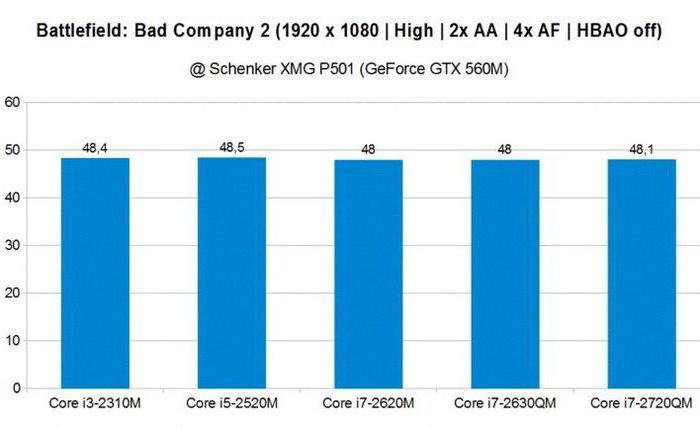
Users can opt for AMD A10 series chips or look away Core processors i5/7 from manufacturer Intel. This is where the whole choice ends, and a potential buyer faces a problem with choosing a gaming video adapter that is equipped with a laptop. Once again, experts in their reviews recommend that beginners give preference to a powerful discrete graphics card at the expense of processor performance.
The right approach
Among sellers in the computer market, there is a special technique that allows you to quickly assemble a personal computer. Oddly enough, the game processor is not selected in the first place. Preference is given to the motherboard and video adapter. Well, after that comes the turn of choosing a crystal and RAM. This completes the layout with the final cost agreed.
And then everything is simple: the cost is announced in turn hard drive, power supply, case, monitor and other computer components. And the buyer decides whether he is ready to pay extra for the equipment, or in order to purchase the desired component, he will have to sacrifice the performance of the personal computer as a whole.
This technique provides an opportunity for a potential buyer to understand the difference between components in different price categories, because the seller, when changing the configuration, comments on which games and on what settings will run on the assembled computer.
Finally
Choosing a gaming processor in the domestic market is quite easy. Just need to find out system requirements to your favorite toy and choose the right components for building a gaming platform, focusing on your own finances. At first it seems difficult, but in practice everything is solved in a matter of minutes. The main thing is to always remember that the performance of the entire system depends not only on the processor, but also needs a powerful graphics accelerator with fast enough RAM.
The processor is an integral part of any computer device, it is entrusted with the most important tasks and processing of all incoming tasks. This article has collected the best budget processors in 2015 for gaming and office work, which are not expensive and have sufficient performance for most needs. A properly selected computer brain will significantly speed up its work and response time. installed programs. A good cheap processor will be useful in an office system to quickly generate reports and presentations. The speed of your PC depends on the speed of your work on it.
The best cheap processors for the office
AMD A4-4000
(socket FM2)
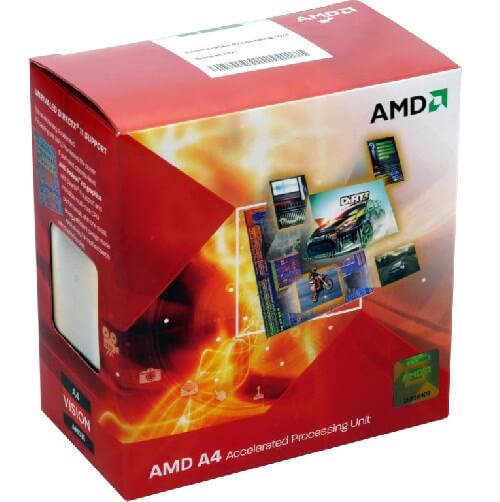
The cheapest processor, but not the worst and with an integrated graphics card. Perfect for office solutions when you need to assemble a computer for a minimum amount. In it you will find two cores, each at 3000 MHz, capable of providing a sufficient level of performance for most office applications. On the processor chip is an integrated video card Radeon HD 7480D, its power is enough for non-demanding games such as Conter-Strike 1.6. Created by 32 nm process, therefore it consumes electricity in moderation, and is also equipped with 1Mb of the second level.
Intel Celeron G1820
(LGA 1150 socket)
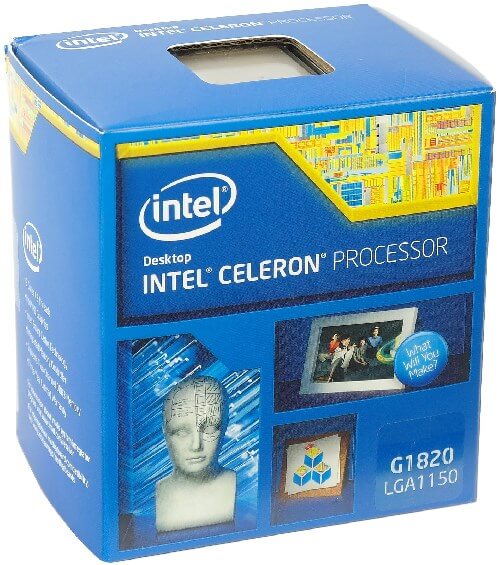
The cheap processor from Intel stands out from the first one by the presence of a level 3 cache with a capacity of 2048Kb. Two cores with a frequency of 2700 MHz, due to the use of the Haswell architecture that has not yet become obsolete, can easily cope with office or multimedia tasks. The built-in Intel HD graphics card allows you to run games up to 2009 and display images in Full HD resolution. It consumes not a large amount of electricity, within 53W, which makes it economical. In conjunction with a high-quality video card, surprisingly, show good performance in games.
Powerful cheap processors for games
AMD FX-4130
(Socket AM3+)
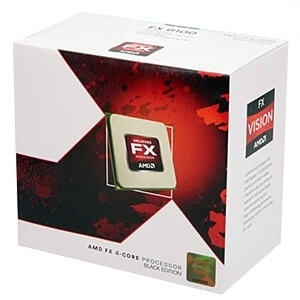
The first in a line of powerful processors from AMD. For a price of 4450 rubles, it has solid characteristics. So there are four cores, the frequency of each, when the turbo mode is on, reaches 3900 MHz, which is an excellent result for a device of this kind. price range. It has a large amount of cache memory, 4MB on the second and third levels. High performance comes at a price - it's power consumption, the processor requires as much as 125W for its work. Instead, it shows high performance and good connectivity even with .
Intel Pentium G3420
(Socket LGA 1150)
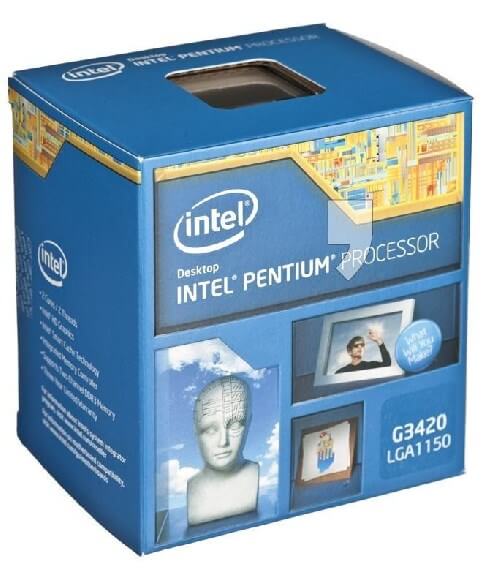
Another fast and cheap processor for gaming. It has lower performance than the AMD FX-4130, but at the same time consumes significantly less electricity - 54W. It can be called a stripped-down version of the Core i3, the most noticeable difference is the lack of Hyper-Threading. There are two cores here, each capable of operating at a frequency of 3.2 GHz and has a 512Kb L2 cache and a 3072Kb L3 cache. With a good graphics card, such as the GT660, World of Tanks runs at maximum graphics settings.
best cheap cpu
AMD A6-6400K
(Socket FM2)
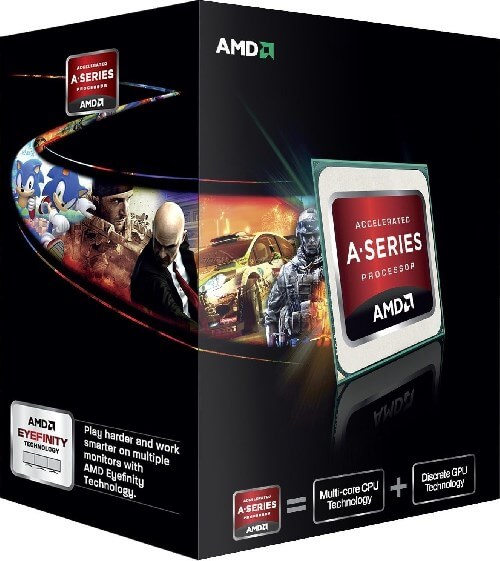
An excellent inexpensive processor with good overclocking potential. It has 2 cores, each of which runs at a maximum frequency of 4100 MHz, which is enough for any office or entertainment tasks, the processor processes everything quickly and without noticeable delays. The relatively powerful integrated graphics core Radeon HD 8470D performs well in games up to 2010 and is able to run most modern games at low and medium settings. online games. An excellent choice for an office or home PC that will combine high performance and economy.
Also, at the end of the article about the best cheap processors, I would like to note that if you are looking for a model without an integrated graphics card, and the main goal is a budget gaming PC, then I advise you to pay attention to the AMD Athlon II X4 860K. This is probably the best solution for your money in the low price segment.
Related posts:
The best processors for personal computers (PCs) are presented by AMD and Intel. Manufacturers regularly update their processor lines to keep up with today's computing power requirements. It is worth noting that the processors most suitable for running resource-intensive applications (games and graphic editors) have a high cost, which can be compared to the cost of entire computers with less power. However, at every price point, you can find processors that best meet the needs of today's gamers.
The most inexpensive gaming processors
Among the processors, the cost of which does not exceed 3000 rubles, one can note the Athlon II X4. It costs just over $70, but the performance of the machine on such hardware will be significantly higher than some processors that cost more than $200. In terms of performance, the stone from AMD has the characteristics of the AMD A10-5700, with the caveat that this model has the ability to overclock the frequency to further increase performance. The processor has a clock speed of 3.4 GHz and 4 cores. The device has a thermal package of 100 W and is focused on FM2 sockets.
Price up to $120
In the price segment up to $120, stones of such models as Intel Core i3-4130 and AMD FX-6300 hold the leadership. Both provide decent performance coupled with a low price. It's worth noting that AMD's stone is $10 cheaper than the competitor's processor and supports simplified core overclocking to improve performance. At the same time, the processor provides 6 processing cores, which gives an advantage when executing applications in multiple threads.
The most expensive models
In the price category up to $180, the Core i5 holds the lead by Intel-based Sandy and Ivy Bridge, which provide high performance performance at a low price. In the price category up to $240, the Core i5-4670K holds the lead with an unlocked multiplier for a significant performance boost.
If you're planning on getting yourself a really expensive and powerful system, take a look at the $580 Core i7-4930K. This processor will meet all your performance needs and can be one of the best options on which your entire future gaming system will be built.
by the most powerful processor from Intel today is the i7-4960X, which, however, only slightly outperforms the i7-4930K in performance, but costs about $400 more.




